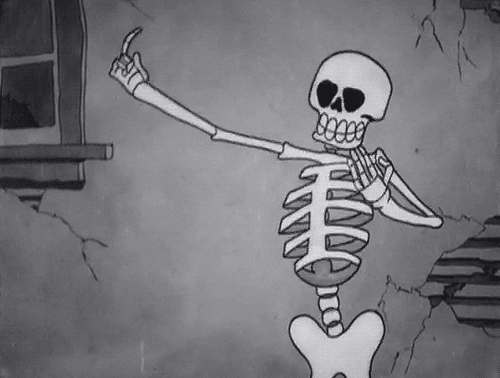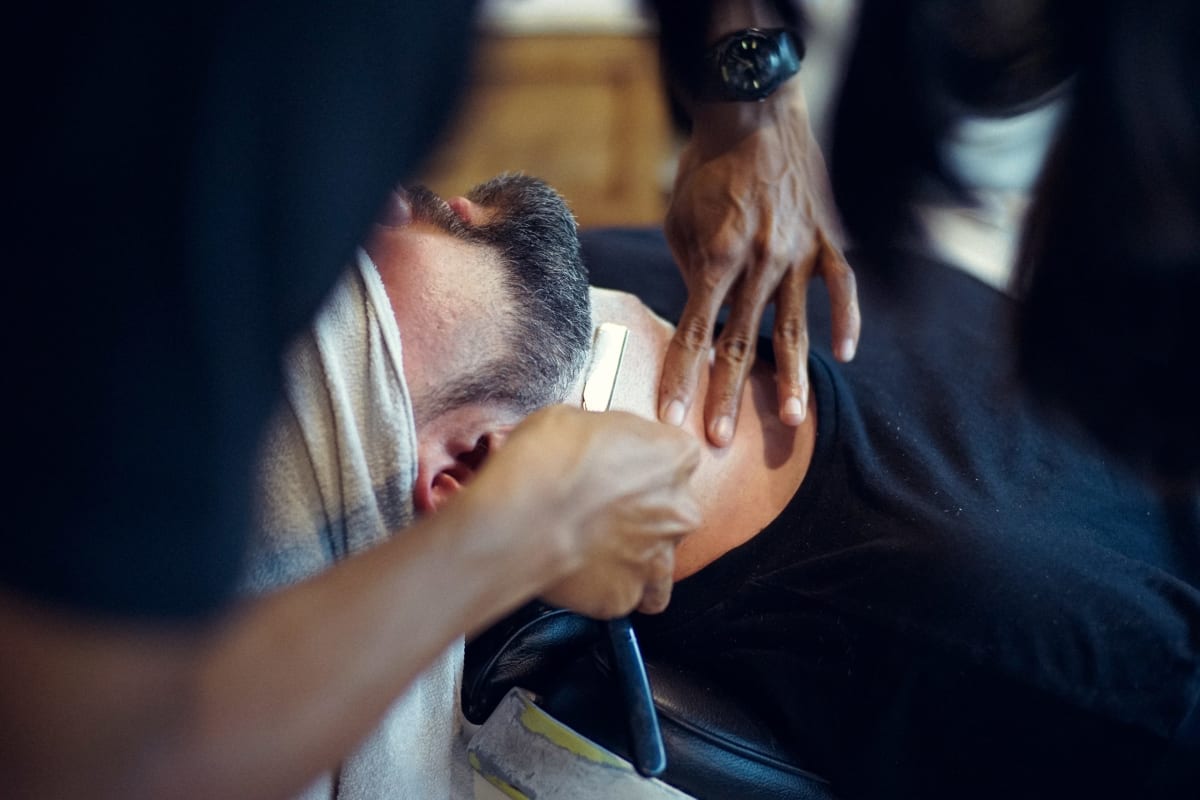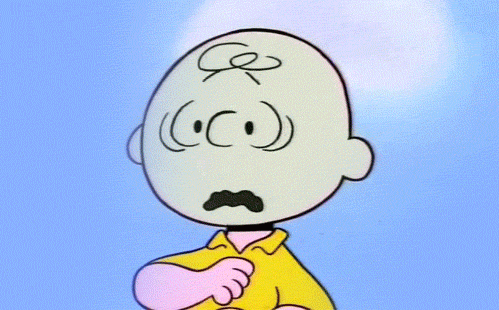
NO DIGNITY IN DEATH: MAJOR FUNERAL CHAIN BIDS TO SILENCE PRICE COMPARISON WEBSITE
- After life services comparison website Beyond bidding to bring transparency to troubled funeral industry by making prices easily available online
- Dignity, UK’s major funeral chain, exposes its own hypocrisy by quibbling with Beyond’s pricing, while refusing to provide evidence to the contrary
- CMA is conducting a full market investigation after its initial study found a concerning lack of transparency had seen costs for the consumer spiral in recent years, led by the major chains
- Beyond invites Dignity to publish its pricing in the name of transparency and to stop trying to shut down the conversation around death in this country with baseless threats
BACKGROUND
- CMA studied funeral sector through second half of 2018 and found such a concerning landscape that it is now conducting a full market investigation
- Central to its initial findings was the impact of major chains on the disproportionately spiralling costs in the sector
- Dignity was explicitly noted in the interim report as “well above international benchmarks” while it was also reported that “the Most expensive crematoria in the UK are run by private providers, in particular Dignity”
- The report concluded that “Dignity’s pricing policies have acted as the engine of these price rises, with others in the market appearing to follow its lead”
- Dignity operates 19 of the 20 most expensive crematoria in the country
- The average price of a funeral is now £4,271
- Funeral prices have risen by 33% since 2016
Average package available on Beyond is £2,807. Beyond has calculated that the funeral sector – which is a £2 billion a year industry – is overvalued by 35% or £650 million - Beyond calculated last year that there is a significant ‘chain premium’ between funeral directors. On average, an independent funeral director’s fees were £2,287 while a chain funeral director charged on average £3,771 – 65% more. Dignity is the most expensive of the UK’s major chains
- Despite stating that it will do so on several occasions in the last few years, Dignity has still not published its prices online to allow customers to compare value – the lack of transparency in the funeral sector was a key pillar of the CMA’s findings and reasoning for launching its full investigation
CORRESPONDENCE BETWEEN DIGNITY AND BEYOND
- On January 15 2019, Steve Wallis, Commercial Director of Dignity, sent Beyond a letter threatening further action if what it described as ‘misleading information’ was not removed from Beyond’s website.
-
- A copy of Dignity’s letter can be seen here
- Beyond has no intention of removing Dignity’s prices from its website. Beyond sourced this information first-hand by visiting 800 Dignity branches around the UK. Evidence for any prices that may have changed since that research was conducted is welcomed, as is the full publication online of Dignity’s prices – something it has long promised to do but is still not forthcoming.
- A copy of Ian Strang’s open letter in response to Dignity can be read here or pasted below
Ian Strang, CEO of Beyond, comments:
“Dignity’s insistence on punching down at the little guy is incredibly undignified, but the fun and games of our back and forth should not distract from the serious subject matter, and the major underlying issues in the funeral industry. For far too long, consumers in this country have had their grief exploited and the major chains – particularly Dignity – have been at fault. This has long been our view but now it is shared by the CMA. Beyond has always pushed for full transparency and Dignity’s resistance to this, and now its attempts to intimidate and shut down the conversation, are merely further evidence of its insecurity and concern in the face of a growing storm of public disapproval and regulatory criticism. “All we are doing is trying to give customers the relevant pricing information as easily as possible. Dignity refuses to do this themselves so we’re just trying to do the legwork for them, but they are welcome to set us straight at any time by publishing their prices online.”
BEYOND’S RESPONSE TO DIGNITY
Dear Steve,
Last week, I received your 48-page letter dated 15th January 2019, entitled “Misleading Advertising on Beyond”.
Sadly I didn’t find time to peruse it until the weekend, when I slogged my way through its soul-sapping marathon content at a child’s birthday party, my mettle steeled by the sugary fuel of Haribo. Alas, as such, I missed most of the aging magician’s performance. And yet, by the time I put the document down, I still had the feeling I had been witness to an archaic attempt at sleight-of-hand.
I can only imagine that the production of this rain-forest-threatening tome was a cold act of revenge for our 13,000-word report dissecting Dignity and its decades long profiteering. A poison potion sent to chasten us. Dead hit, I must admit … for immediately upon finishing reading, I fell into an act of slumber that lasted almost minutes, until my new-born’s shrill, illogical demands overtook your own.
I note that you are a 20+ year veteran of Dignity. I was unaware of you prior to your missive, and one could hardly now claim we are familiar, but in the spirit of our growing friendship, I do hope that you didn’t suffer too greatly with the 70% share price slide that followed our report and that you were able to sell out in summer 2017 alongside other senior management.
Your letter is addressed ‘Private and Confidential’. For a moment, I cringed at the sight of the imposing capital, bold typeface, wielded at me by a large corporation. I swatted my swarming children aside lest they became privy to its contents. Then, it dawned on me that you likely just used the same letter template as your customer pricing sheets and forgot to remove the confidential warning.
Yet, let us hasten past this coquettish chit-chat and move on to the business end of our dalliance. You have suggested, in your letter, that we perform various acts of perdition which pique you. Fortunately, I would suggest that your view on each of those acts is either inaccurate, misleading or the unfortunate lovechild of each, a remarkably bold attempt to stifle the transparency of your pricing at a time when funerals are intensely in the spotlight with the CMA investigation.
You will find our response to your individual points below, however, it does feel as if we are adventuring over old territory here. From the day that we first lifted the shadowy veil from your prices, we have been crystal clear on how these were gathered and displayed.
- “We’re giving Dignity a helping hand” published March 2018 – https://beyond.life/blog/giving-dignity-a-helping-hand/
- Following your challenges, we followed up with “The Ancient Art of Obfuscation” published March 2018 – https://beyond.life/blog/ancient-art-obfuscation/
We also accepted an invitation to meet with Simon Cox and Yvette Smith from Dignity on the 24th April 2018. I suggested we meet in a public place where there would be plenty of witnesses. Disappointingly, no-one appeared amused by this. We discussed the Dignity pricing, our methodology, and I note from the quaint meeting notes which Dignity distributed afterwards, that you understood and accepted how our pricing worked. It’s unclear why the level of understanding at Dignity has taken such a capital fall since then.
To summarise our view (both at publication and now):
- Dignity PLC price at a substantial premium to other providers
- Dignity, despite being a company of sizeable resources, was not willing to put full prices online in a reasonable timescale
- In January 2017, Dignity committed to having full pricing online by January 2019 (note, prices still are not published)
- We believe that customers should be able to easily see Dignity’s prices online
Based on this, we gathered the publicly available price sheets from Dignity branches and published the pricing on our site so that they are directly comparable to other businesses.
Regarding your specific concerns
A.a – Incorrect prices
We note that since we gathered your pricing, you informed the markets that you were freezing prices for your traditional funeral service. We have not seen any update on that public messaging from you. Further, we have asked you on several occasions to provide updated pricing, in case it had changed, so we could update our website, and you have refused to do so.
I find it entirely risible that you complain we have your pricing wrong, while simultaneously refusing to publish that pricing transparently online. It’s an indefensible position.
I also note that you have titillated us with 5 examples of branches where you believe your pricing now differs from that listed on our website. Unsurprisingly, you have neglected to include the actual customer pricing sheets. Given that the first time around, it took the skills of a sudoku grandmaster to decipher them on behalf of consumers and make them easily comparable with other funeral directors, we simply request that you pop them over to us and we’ll deploy our cryptographic experts to decode them, before making any necessary changes.
In short, as always, please send us your pricing sheets and we’ll swiftly update the website. No charge 🙂
Now, given your evident predilection for ‘codes of practice’, I note that as a member of the NAFD, you are obliged to provide pricing sheets with full itemisation to any ‘clients or prospective clients’ who ask for them. Recently, my thoughts have drifted (as may have your own) towards my mortality. When I pass, I may wish to consider a Dignity funeral and I would like to put some money aside to cover the cost. I likely only have a few decades, so will need to begin saving swiftly. I do enjoy travel and have not yet decided where I would like my service to occur, so please could you provide me with itemised pricing sheets for all of your branches, so that I may make a considered decision.
A suitable dispatch address would be “Beyond, 3 Loughborough Street, SE11 5RB”.
A.b – Dignity’s ‘simple’ service
We do not display individual funeral directors on Beyond based on any “simple”, “specious” or “spurious” package they might have conjured up at an away-day brainstorming session in a Travelodge with fancy biscuits. We show like-for-like itemised pricing across all funeral directors with a default selection that the customer can then modify.
A.c.- Misleading sorting
We are unclear what you would like us to do here. On the one hand, you want us to take your prices down (presumably so that people do not see them). Yet, on the other hand, you do not want to appear at the bottom of the results (so people can see them). Which of the hydra’s heads should we be recoiling from?
We display the Dignity branches in their accurate geographic locations on an interactive map, which is the preferred method of search for most users. Given your secretive stance on consumer-facing information, I suppose it would likely be futile for me to request you inform us if a branch moves or, in light of your recent ‘restructuring’ plans, closes.
For the scrollable list, our default position is to sort by distance, however after adding the Dignity branches, user-testing showed that customers were dropping off in unusually high numbers. Upon exit survey, they indicated the prices they were seeing were scarily high. So, given the significant price difference between Dignity branches and the rest of the market, we moved them to the bottom of the list.
The result – happier consumers. We try to show consumers what they want, as verified by the recent CMA findings, which is a combination of geographic proximity and a reasonable price. We could, if necessitated, build an algorithm to automatically sort them in that way, which would result in exactly the same outcome. Unless of course you have massively reduced your prices. Which you are unwilling to evidence to us.
A.d. – Wider range of Dignity services
As previously offered, if you provide us with a list of the services you provide at each branch, that correspond to the categories we show consumers, we will happily update them. We only don’t currently show them because you (a) refused to provide them and (b) asked us to hide them. So we did.
Now, should your branches provide additional exciting differentiating services that we don’t currently show consumers; services that you feel it would be in the customer’s interest to see when evaluating funeral directors; then we would certainly consider adding those. Given your track record in innovation to date, my breath shall remain decidedly un-bated.
B.a and B.b. – Funeral Plans
Funeral plans and how they are marketed is currently an area of high contention. The following factors play into our view:
- Funeral plan companies frequently extract charges outside of their administration fee such as fund management fees, third-party commissions and cancellation fees
- Outside of our £195 we do not charge any of these
- Funeral plan companies often remove large charges from the fund which is there to pay for funeral directors’ services
- We do not do this
However, we acknowledge that the funeral plan industry is currently extremely murky and confusing for customers. Personally, I recommend that instead of buying a funeral plan, at least in their current format, consumers keep their money aside in the bank.
Funeral plans have been sold for decades on the back of the fear – and largely thanks to you, the reality – that funeral prices will rise year on year. But now, thanks in part to us, and our determined efforts in bringing transparency to the sector, those prices are falling.
Pleasingly, this sector is now under investigation by the FCA. In terms of the language on that page, although I believe we offer the best-value plan, it’s hard to prove conclusively, so we will adapt it. In fact, we have already.
On this point, my fine knight, you may return to castle Dignity sounding the victory bell and present Lord McCollum with a hard-fought text change as evidence of your battlefield prowess.
I do look forward to your response.
Yours sincerely,
Ian Strang
CEO
Beyond











You are in the wrong job. A literary and humorous career beckons.